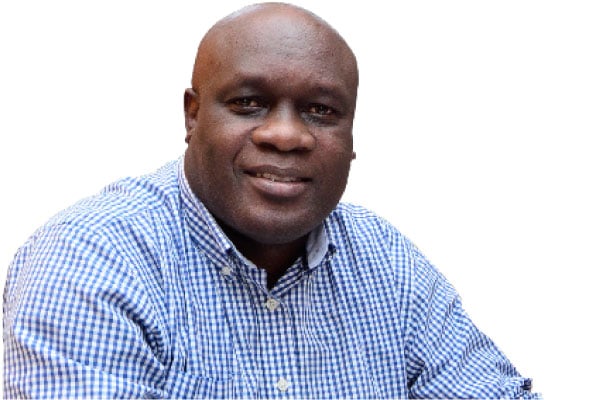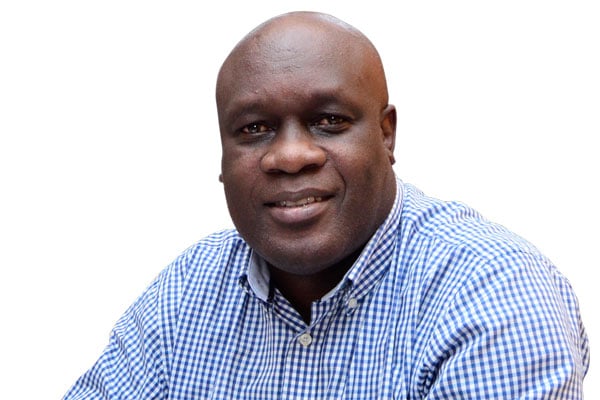Prime
Truth, and the not so true about media bias

Odoobo C. Bichachi
What you need to know:
- It is often not easy to tell media bias, especially for many ordinary consumers of news, because many times it is very subtle.
We often hear from news subjects accusations of “media bias” either in relation to a particular story or in general reporting about an event or series of events. The media’s response is usually to dismiss such accusations as diversionary.
Both are right. Yes, the media is sometimes quite biased in its coverage just as news subjects sometimes also seek to evade accountability by deflecting issues correctly written about them.
Last week, a regular reader of this column called to ask if I had ever written about the subject of media bias and if not, could I do so. Now this is a very expansive subject to explain in a few hundred words. I shall attempt, touching the salient points.
Well, media bias usually occurs through the selection and omission of certain key aspects of a news story. It also occurs through the choice of words in coverage of an event, the angling of the headline, and its placement on the page or the order in the broadcast bulletin. The aim, usually, is to skew public perceptions in a particular direction, or to downplay/overplay a story.
The choice of words can also signal bias. Words that stereotype individuals or groups are a manifestation of bias. Terrorists or freedom fighters, etc? Media bias manifests in many forms. It can be explicit/deliberate or implicit/unconscious. It can also be at an institutional level [media house] or at individual level of the journalists [reporters and editors].
Deliberate bias is usually driven by ideological, social or monetary motives while unconscious bias is mostly due to professional weakness, ignorance, or just laziness. A good place to see media bias today is in the coverage of the Ukraine-Russia war, or Israeli-Palestine conflict. A careful engagement with the stories will show that many facts are deliberately left out or played up depending on the orientation of the news source.
Rhiannon Wardle, in the article; “Understanding media bias: How credible are your sources?” lists 11 types of media bias that should help us understand this issue. Below, edited excerpts;
-Spin: Journalist strays away from objective fact and instead puts a certain spin on a story that dramatises it or places it out of context.
-Bias by omission: Media chooses not to write certain stories, or leave out relevant information or perspectives on purpose.
-Unsubstantiated claims: Journalists make claims without evidence to prove their point.
-Sensationalism: Used by tabloid journalists, usually presenting information in a shocking or over-dramatic way to lure in readers. Also known as click-bait.
-Opinions presented as fact: When journalists suggest that subjective statements are factual, or present their opinions, assumptions or beliefs as objective.
-Slant: When journalists only tell part of a story and try to play up one particular angle.
-Ad hominem: When journalists make a personal attack against an individual rather than addressing the issue at hand.
-Mind reading: Journalists writing assumptions about what members of the public or individuals are thinking, and the assumptions are often wrong.
-Flawed logic: When journalists arrive at conclusions that are not justified by any evidence, in an attempt to misrepresent the facts.
-Bias by placement: Running the story on front page or making it only a small paragraph at the back?
-Omission of source attribution: Where a journalist sources their story is very important, so if they omit their sources, they might not be presenting reliable information
*****
It is often not easy to tell media bias, especially for many ordinary consumers of news, because many times it is very subtle. However, a story that puts out only one side leaving out the other perspective is definitely biased. Biased stories kill trust and drive away audiences.
So how do professional journalists and media houses try to minimise bias in their journalism? They do so through adherence to the professional code of conduct and through editorial policy guidelines. For example, Nation Media Group’s editorial policy states, inter alia, that “The fundamental objective of [NMG] journalists is to report fairly, accurately and without bias on matters of public interest.
All sides of a story should be reported. Journalists are obligated to seek comment from anyone mentioned in an unfavourable context.”
The journalists’ professional code of conduct emphasises accuracy, fairness, balance, right of reply, etc.
Send your feedback/complaints to [email protected] or call/text on +256 776 500725.



